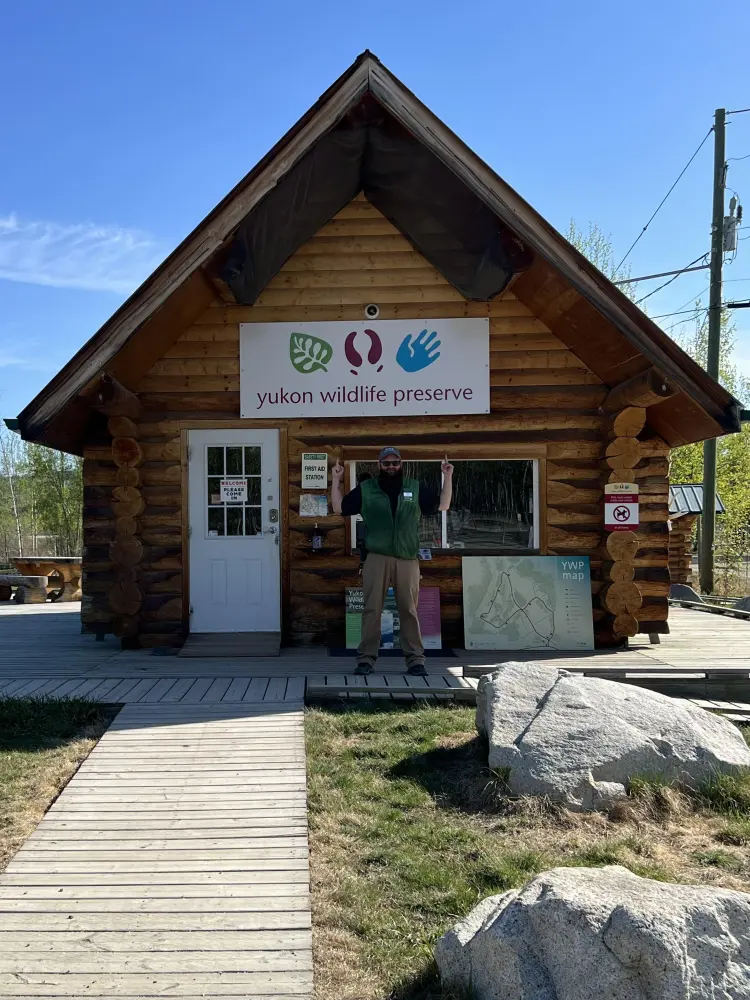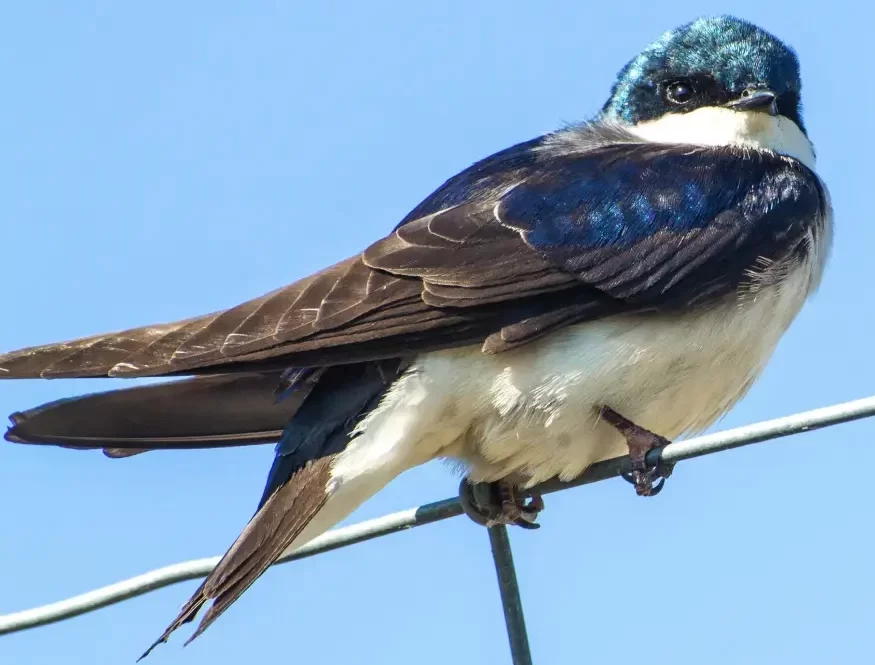
Swallow Bugs – Nasty Migratory Hitchhikers

Barn Swallow
Photo Credit: BBC Wildlife
We also learned about the small blood-sucking mites they import from their winter homes in the southern latitudes. They’re called Swallow Bugs and they are a cousin to the bed bugs that are growing in numbers throughout North America.
These bugs take up residence in the mud nests which becomes a steppingstone into your house. They are about the size of a sesame seed and can crawl through the smallest of cracks and multiply in the walls to eventually spread out and set up camp in your furniture and carpets. Their bite leaves multiple itchy welts.

Swallow bug (Oeciacus vicarius)
Picture Credit: Kansas Department of Agriculture, Bugwood.org
The whole house needed to be fumigated to remove the little beasts. All the plants, the cats and dog and we humans were required to leave so the house could be sealed and gassed. It worked the first and only time it was needed, because we took preventative measures to keep the birds from nest building on our house in the future…small copper spikes mounted on the soffits. Oh, all the spiders and ants got cleared out too.
If you are considering removing swallow nests being constructed on your house, it is vital that this is done before the nest is fully constructed because eggs will be laid very soon. Best
practices are towards leaving the nests unpestered until the chicks have fledged and left the nest. Canada has established guidelines to avoid harm to migratory bird, including nests, and while swallows are not presently listed on the at-risk category, their populations are declining in some areas of the country and they are listed as a migratory bird protected in Canada.

Yukon Wildlife Preserve Front Cabin
Black Netting is hung year round to prevent unwanted nesting.
Remember this: Swallows need time to build their nests and they only have a limited amount of time to build it, breed, lay and hatch the eggs and raise the chicks to migratory maturity before the cold breezes blow once again. Please don’t give them new challenges to raising a family.
And just because I know some of you are now wondering – How Many Mosquitoes Do Swallows Eat A Day?

Photo Credit: Lindsay Caskenette

Doug Caldwell
Wildlife Interpreter
Doug is one of the Interpretive Wildlife Guides here at the Preserve. An avid angler and hunter he has a broad knowledge of Yukon’s wilderness and the creatures that live here. With a focus on the young visitors to the Preserve, Doug takes the extra time to help our guests to better appreciate the many wonders of the animal kingdom here in the Yukon.

0 Comments